One of the strangest medical treatments happens hundreds of feet below Eastern Europe - and it's now available at Saks Fifth Avenue
And now visitors to Saks Fifth Avenue can experience a salt room, which aims to mimic the salt mines of Europe. "Therapy sessions in our luxurious Himalayan salt rooms last 25 minutes and require no more than deep breathing and relaxation," the company says.

The science does not support salt mine treatments, but there is no evidence that they are harmful, as long as patients are not foregoing more effective treatments. And in these cathedral-like spaces deep underground, halotherapy is a beautiful practice to observe.

If entering a salt mine helps people with respiratory illnesses feel better, then that's probably okay.
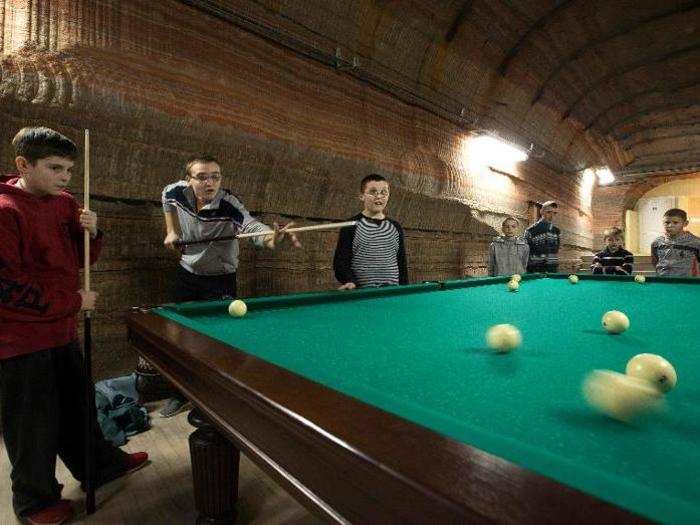
As long as people didn't inhale extremely high concentrations of salt (which they are unlikely to do in a mine), there were no reported side effects from halotherapy.
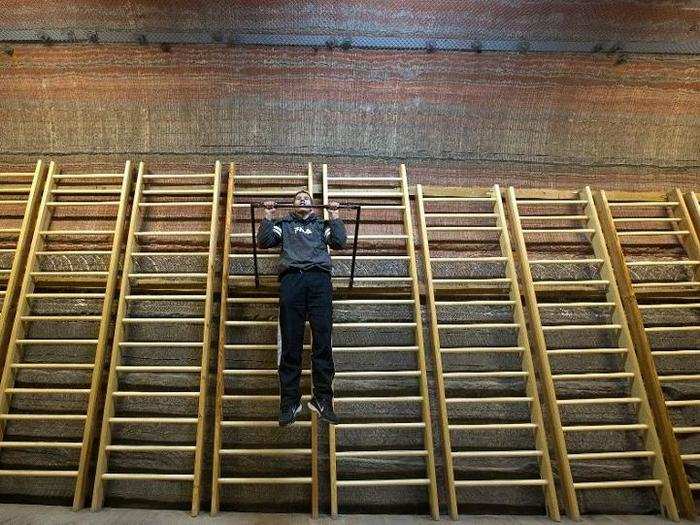
Only four studies met the criteria for review, and the authors concluded that there wasn't enough evidence to recommend halotherapy as a treatment for COPD.
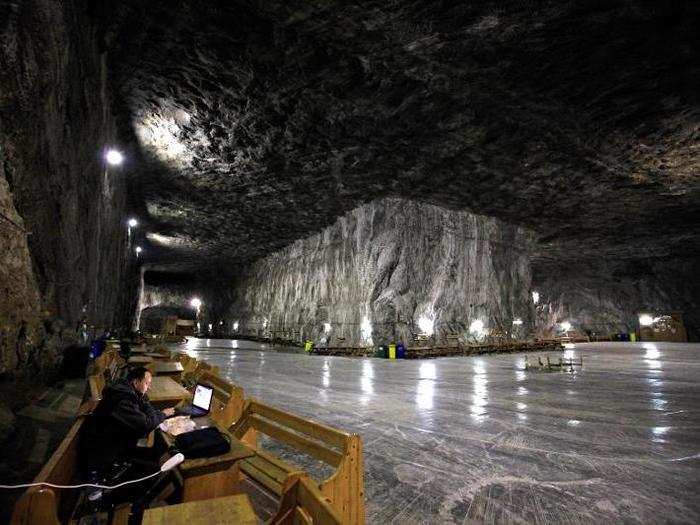
The review analyzed 151 different studies on the effectiveness of halotherapy — the term for inhaling micronized dry salt in a chamber mimicking salt caves — for treating chronic obstructive pulmonary disease (COPD).
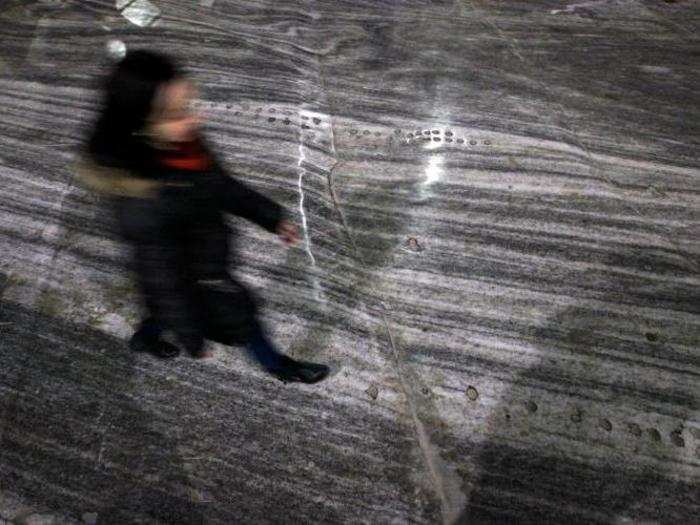
Perhaps the best evidence evaluating how effective salt mine therapy could be is a systematic review of the literature, published in 2014.
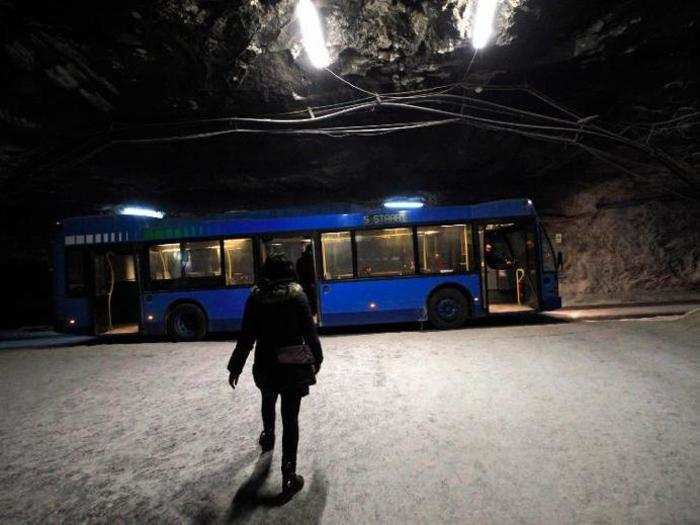
But no controlled studies have been conducted in the mines themselves, so it's difficult to extrapolate whether they really could be beneficial for patients.

Many proponents of salt mine therapy point to a trial that found inhaling hypertonic saline (like the FDA-approved medications) was a cheap, safe, and effective therapy for patients with cystic fibrosis.
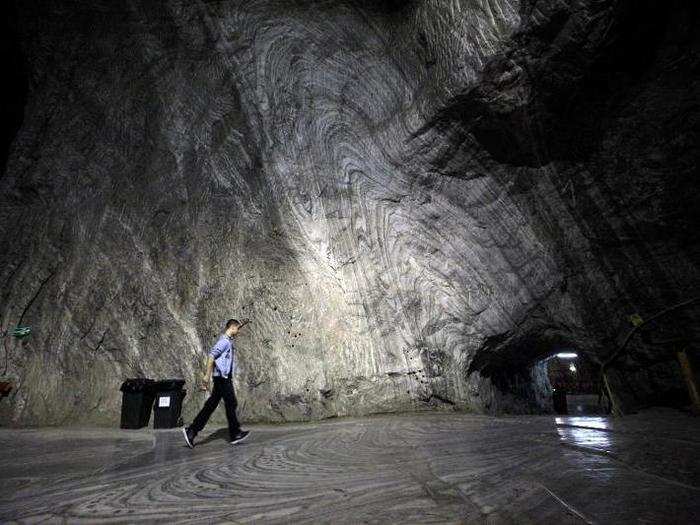
The study found that the highly salty air helped relieve people's respiratory discomfort, but patients in the control group said they felt and slept better, too. This suggests the benefits may be the result of a placebo effect.
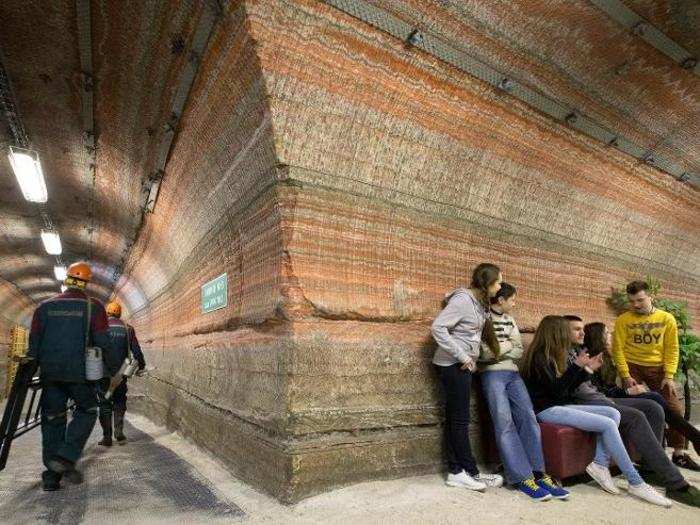
Another study had 124 patients with airway diseases sit in a room with salt-lined walls called a halochamber daily, while 15 patients in the control group sat in a regular room.
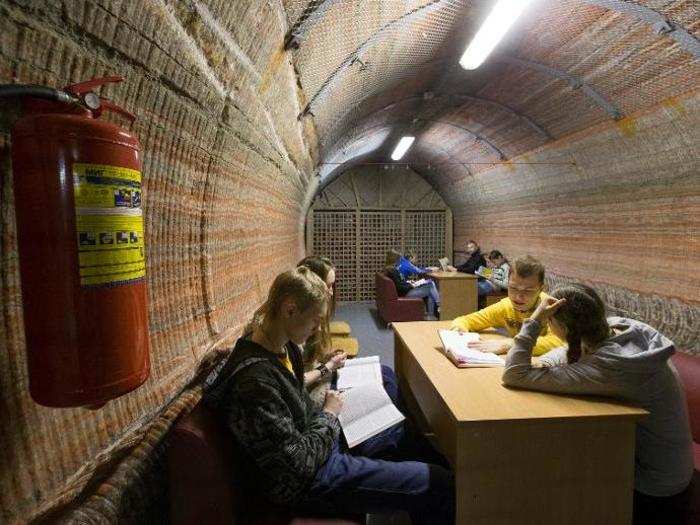
The study concluded that inhaling the mined salt spray didn't improve people's airflow, but more than half of the participants said they liked the treatment and wanted to do it again.
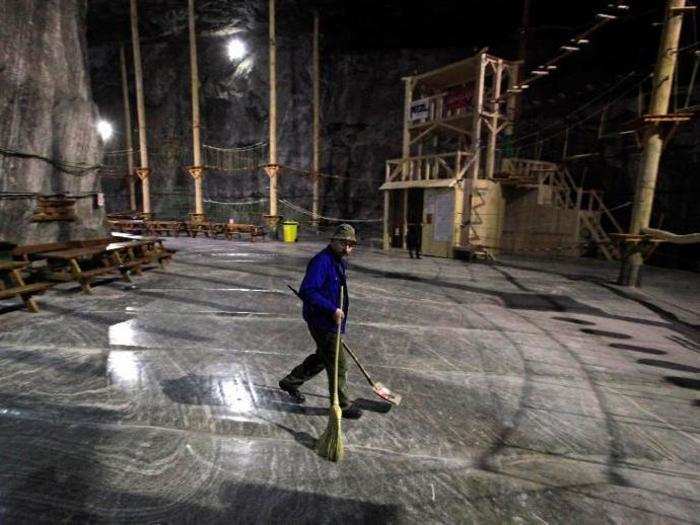
Source: 2013 study in Tanaffos
A very small study of 20 patients with the airway disease bronchiectasis had them inhale a salt spray made with stones extracted from a mine in Poland.
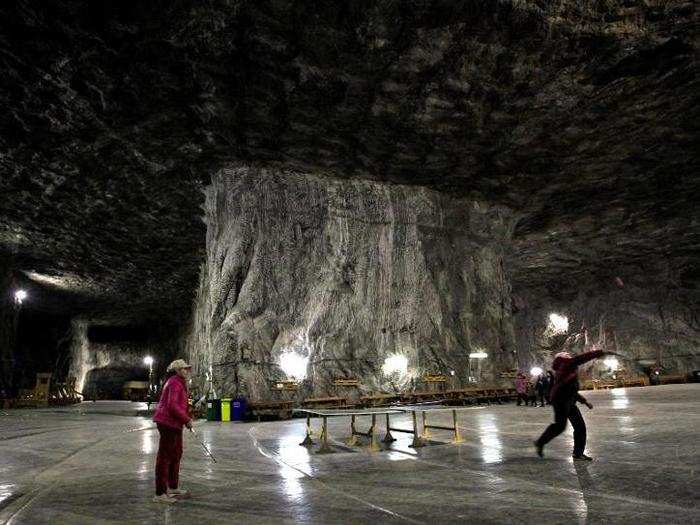
Source: 2013 study in Tanaffos
The only really relevant clinical studies have been done outside of the US, and they don't seem to support the idea that salt mines can in fact alleviate the symptoms of respiratory illnesses.
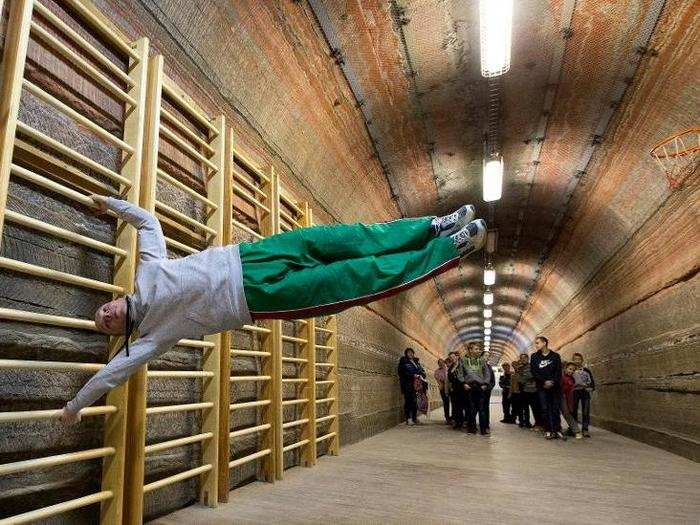
But it's unknown whether the salty air inside the mines can act in the same concentrated way that medications do.
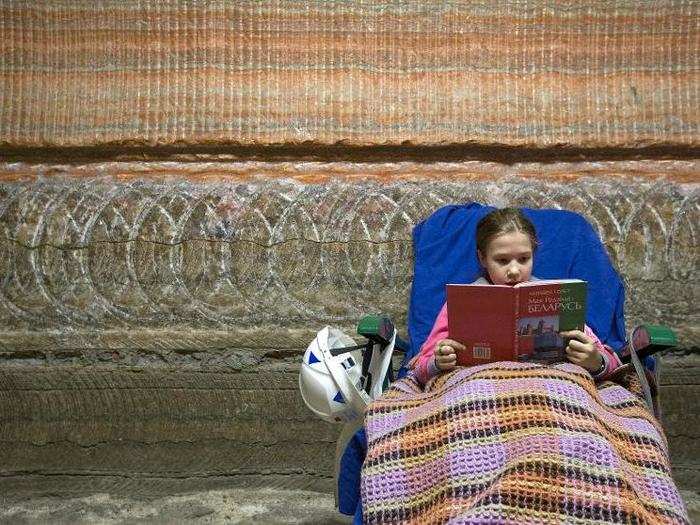
The US Food and Drug Administration has approved medications called mucolytics that can thin the mucus in the lungs in a similar way. One is highly salty, sterile water that people inhale as a mist.
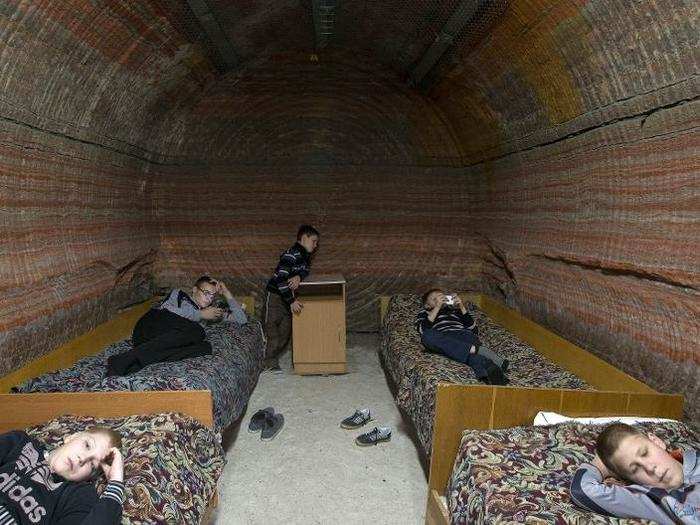
Source: Cystic Fibrosis Foundation
The idea is that the particles of salt in the air can liquify mucus that builds up in the airway, helping patients with respiratory illnesses breathe better.
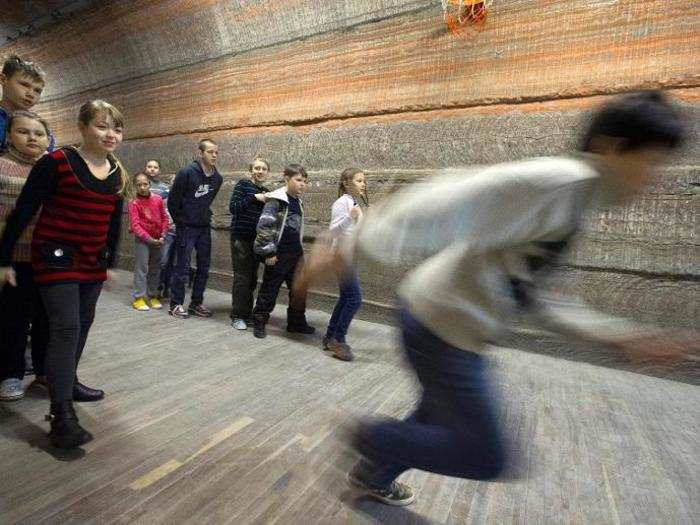
The Republican Clinic of Speleotherapy says more than 7,000 children and adults go to the mine each year to relieve their respiratory illnesses.
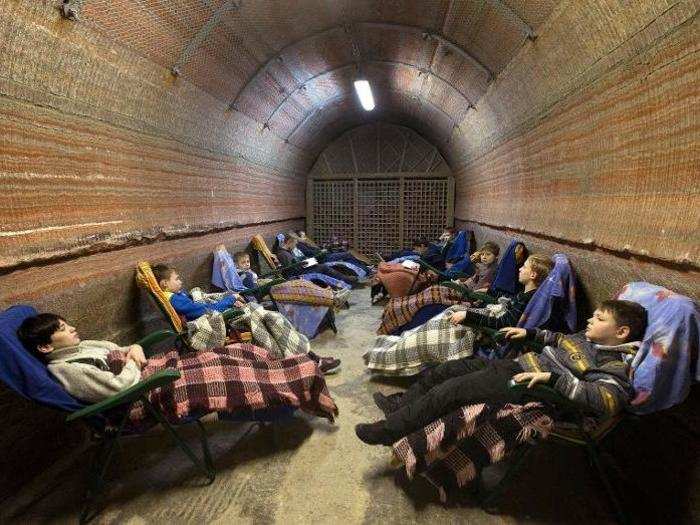
Nearly 1,400 feet underground, the potassium and stone salt mine near the town of Soligorsk, south of Minsk, in Belarus is a popular destination for medical treatments.
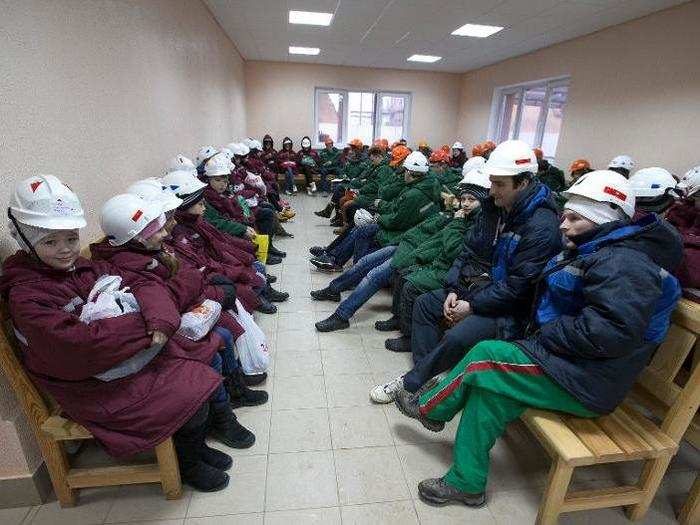
Salt mines also stay at a constant temperature with high humidity.
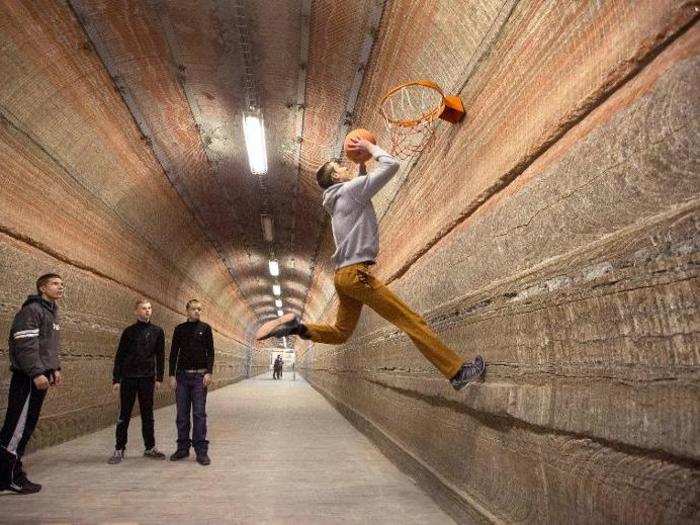
Proponents claim the salt keeps the air inside the mines free of allergens, and low in bacteria.
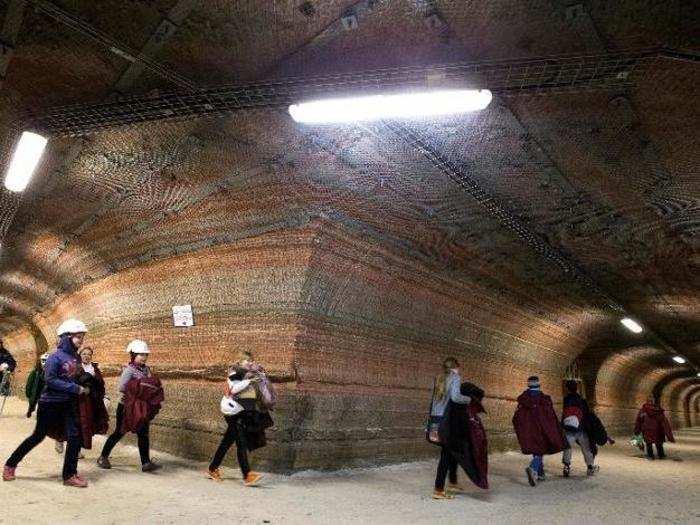
People swear the air inside salt mines holds curative properties.
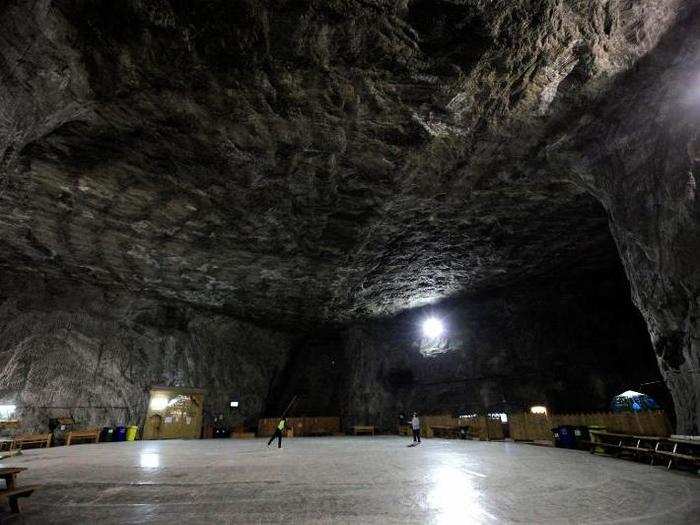
Popular Right Now
Popular Keywords
Advertisement